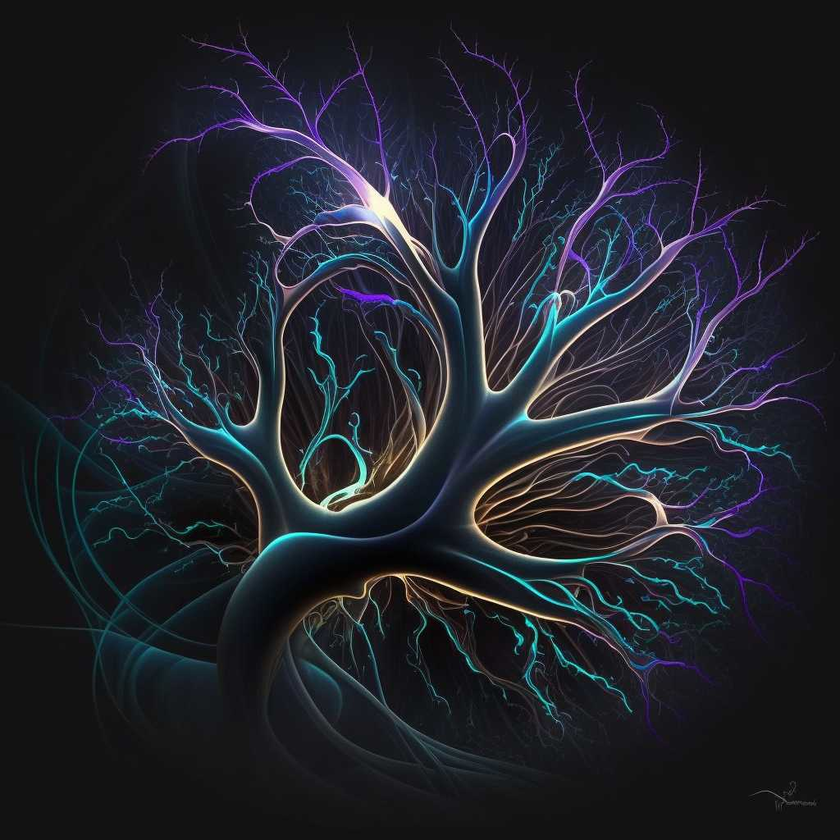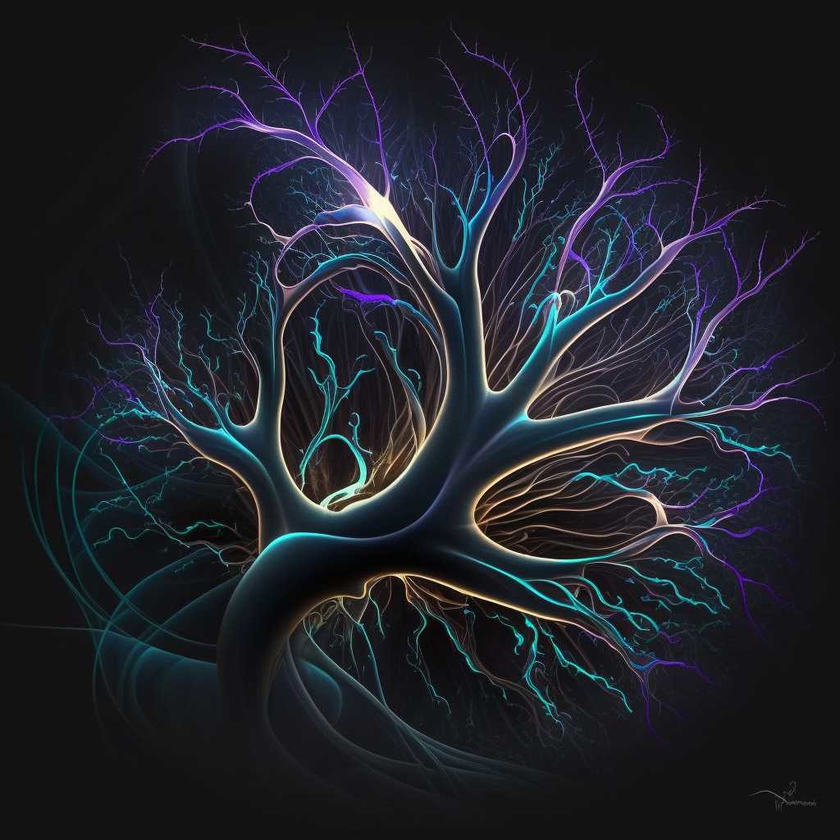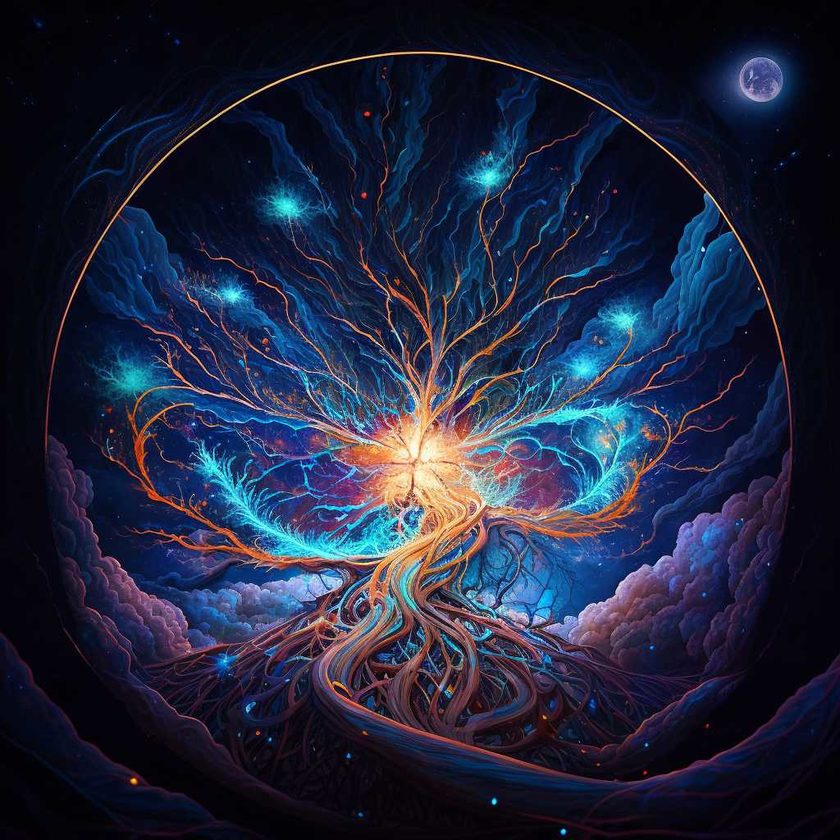Superposition is a fundamental concept in quantum mechanics that describes how particles can exist in multiple states at the same time. This phenomenon, often referred to as “quantum superposition,” is one of the most counterintuitive aspects of quantum mechanics. Superposition states that a particle can exist in multiple states simultaneously, with the probability of observing the particle in a particular state determined by the probability of the particle occupying that state.
The Vibrational Web Theory offers an alternative explanation of superposition in relation to the foundational vibrational structure of the universe. According to this theory, particles are not isolated entities but are instead interconnected vibrations within the fabric of the universe. The vibrations of the web serve as the underlying structure of reality, existing at the most fundamental level of the universe. These vibrations can be compared to the waves in an ocean, which interact with each other and create complex patterns.
The vibrations of the web are continually changing, giving rise to the unpredictable behavior of particles in quantum mechanics. Interactions between particles and the environment cause these vibrations to change, affecting the vibrational patterns of other particles, which in turn leads to changes in the behavior of matter and energy. This dynamic nature of the vibrational web is what gives rise to the phenomenon of superposition.
To illustrate this concept, consider a thought experiment in which a particle is placed in a box divided into two halves. The particle is then put in a superposition state, meaning it is simultaneously in both halves of the box. This is possible because the particle is not an isolated entity; instead, it is a vibration within the vibrational web. The ever-changing vibrations of the web allow the particle to exist in multiple states simultaneously.
This thought experiment demonstrates the phenomenon of superposition within the context of the Vibrational Web Theory. The particle can exist in multiple states simultaneously because the web's vibrations are continually shifting and changing. Interactions between particles and the environment cause these vibrations to change, affecting the vibrational patterns of other particles, leading to changes in the behavior of matter and energy. This dynamic nature of the vibrational web underlies the phenomenon of superposition.
The concept of superposition has been experimentally verified in numerous experiments, including the famous double-slit experiment. In this experiment, a single particle is sent through two slits, to be observed passing through both slits simultaneously, demonstrating the phenomenon of superposition. This experiment supports the validity of the Vibrational Web Theory and its explanation of superposition.
In conclusion, the Vibrational Web Theory offers an innovative explanation of superposition based on the underlying vibrational structure of the universe. Adopting this perspective can deepen our understanding of several quantum phenomena and provide valuable insights into areas like quantum computing and quantum entanglement. By exploring the interconnectedness of particles and fields in the universe, the Vibrational Web Theory may serve as a catalyst for further quantum mechanics research and discoveries.
















